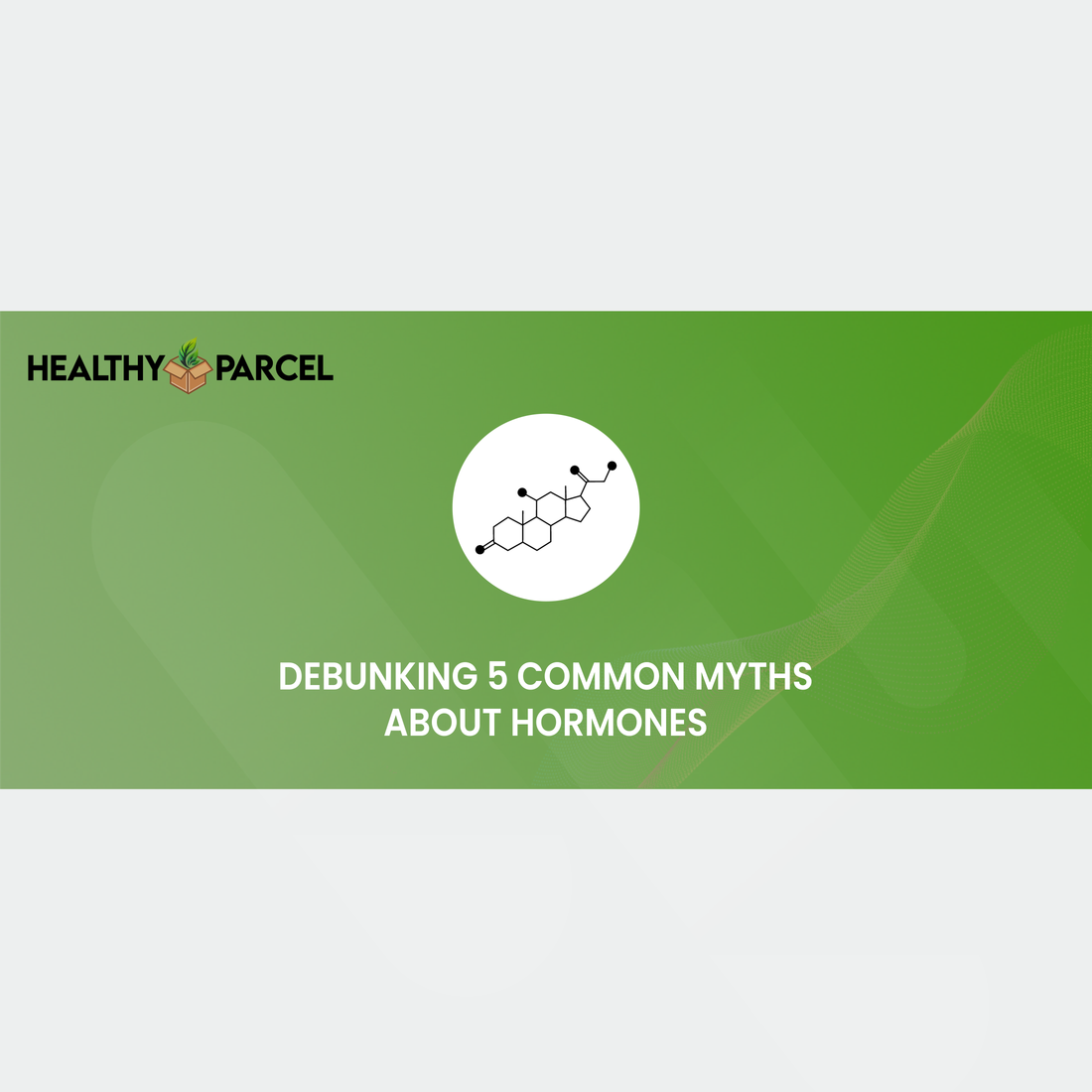Myth 1: PMS Doesn’t Exist

Let’s clear up the misconception that PMS is just a myth. It’s absolutely real, affecting roughly 20-40% of women. Psychiatry and gynecology have distinct diagnoses for it. Symptoms of PMS emerge during the luteal phase, following ovulation, typically between day 12 to 14 of the menstrual cycle. These symptoms, which can be both psychological and physical, can occur at any point in a woman’s life, from the onset of menstruation to menopause.
If a woman experiences at least one of the symptoms listed below, which significantly affects her functioning during the luteal phase and resolves shortly after menstruation, she may be diagnosed with premenstrual syndrome.
Symptoms include:
- Angry outbursts
- Anxiety
- Confusion
- Irritability
- Social withdrawal
- Abdominal bloating
- Breast tenderness or swelling
- Headache
- Joint or muscle pain
- Swelling of extremities
- Weight gain
To receive a formal diagnosis, symptoms must ease within four days of menstruation onset, without recurring until at least the 13th day of the cycle. They must also occur without the influence of medication, hormone ingestion, or substance use. Symptoms should occur consistently over two cycles of prospective recording and impair social, academic, or work performance.
Myth 2: Menopause is a Sudden Shift

Let’s debunk the idea that menopause happens out of the blue. Nope, it’s a gradual process, with hormonal changes kicking in during the later years of menstruation. For some women, these changes can start as early as their 30s or 40s, before perimenopause or premenopause sets in. During perimenopause, estrogen levels typically drop, but in some cases, they can fluctuate.
There are two stages here. In the early stage, menstrual cycles stay mostly regular with no big symptoms. But in the late stage, periods might vanish for 60 days or more, and women may start dealing with hot flashes, sleep issues, and mood swings. Menopause is officially diagnosed after a year without periods. On average, women hit menopause between 45 and 51, with the transition lasting about seven years, though it can stretch to 14.
Myth 3: Men Don’t Experience Menopause

Sure, it’s not called menopause in men, but they go through their version called ‘andropause.’ It’s linked to declining testosterone levels as they age. Studies show testosterone drops about 1.2% each year between 40 and 70, while another hormone called SHBG goes up, further reducing testosterone. There’s even a screening tool, the AMS questionnaire, to check for testosterone decline.
Symptoms include breast enlargement, low libido, muscle loss, bone density decrease, increased body fat, low energy, confidence dip, trouble concentrating, sleep issues, erectile dysfunction, depression, and infertility.
Myth 4: Hormonal Changes Only Happen in Middle Age

Nah, hormones keep shifting throughout life, not just at puberty and middle age. Puberty, hitting between 8 and 14, kickstarts the big changes, transforming us from kids to adults. But hormonal shifts keep rolling into adulthood. By our 20s, men and women reach peak muscle strength and bone mass. Prostate growth in men pauses, and women hit peak estrogen levels with regular periods.
But once we hit our 30s, testosterone starts dipping for men, and estrogen fluctuates for women. Bone and muscle mass decline and fertility starts to taper, especially for women after 35. In our late 30s, women may deal with irregular periods, vaginal dryness, and hot flashes due to estrogen changes. By the 40s, men start noticing changes like belly fat, prostate growth, and erectile issues, while women might experience menopause or perimenopause symptoms like bone loss, weight gain, and irregular periods due to less estrogen.
So yeah, hormones keep dancing throughout our lives, but hey, staying active, eating well, and having healthy habits can help keep things balanced.
Myth 5: Estrogen is the Only Hormone That Matters for Women’s Health

Estrogen steals the spotlight in discussions about women’s health, but there’s more to the story. While estrogen is crucial for reproduction and various bodily functions, let’s not overlook the roles of progesterone and testosterone.
Progesterone is key for pregnancy maintenance and reproduction. Produced by the ovaries, adrenal glands, and during pregnancy, the placenta, low progesterone levels can hinder conception. It rises in the latter part of the menstrual cycle, prepping the uterus for a fertilized egg. If implantation fails, progesterone and estrogen levels drop, triggering menstruation.
When progesterone is low, estrogen takes over, leading to symptoms like mood swings, low libido, heavy periods, and irregular cycles.
Though often dubbed the “male hormone,” testosterone is present in women too. It’s vital for fertility, sexual function, libido, menstruation, muscle and bone mass, and red blood cell production. Interestingly, women have testosterone receptors throughout their bodies.
Like in men, testosterone declines with age in women, potentially causing various symptoms during menopause, such as anxiety, depression, fatigue, bone and muscle loss, memory issues, insomnia, hot flashes, joint and breast pain, incontinence, and sexual dysfunction.
So, women’s hormonal health isn’t just about estrogen. Deficiencies in progesterone or testosterone can equally affect health at any life stage.
Conclusion
Women's hormonal health goes beyond just estrogen. While estrogen plays a vital role, we must also recognize the importance of progesterone and testosterone. Deficiencies in any of these hormones can significantly impact a woman's well-being at any stage of life. By understanding and addressing the roles of all three hormones, women can better manage their health and quality of life.
Sources
- Glaser, R., & Dimitrakakis, C. (2013). Testosterone therapy in women: myths and misconceptions. Maturitas, 74(3), 230–234. https://doi.org/10.1016/j.maturitas.2013.01.003
- Hofmeister, S., & Bodden, S. (2016). Premenstrual Syndrome and Premenstrual Dysphoric Disorder. American family physician, 94(3), 236–240.
- Nandy, P. R., Singh, D. V., Madhusoodanan, P., & Sandhu, A. S. (2008). Male Andropause : A Myth or Reality. Medical journal, Armed Forces India, 64(3), 244–249. https://doi.org/10.1016/S0377-1237(08)80105-0
- Nunex, Kristen. (2020, June 11) .“What is Second Puberty?” Healthline. https://www.healthline.com/health/second-puberty

